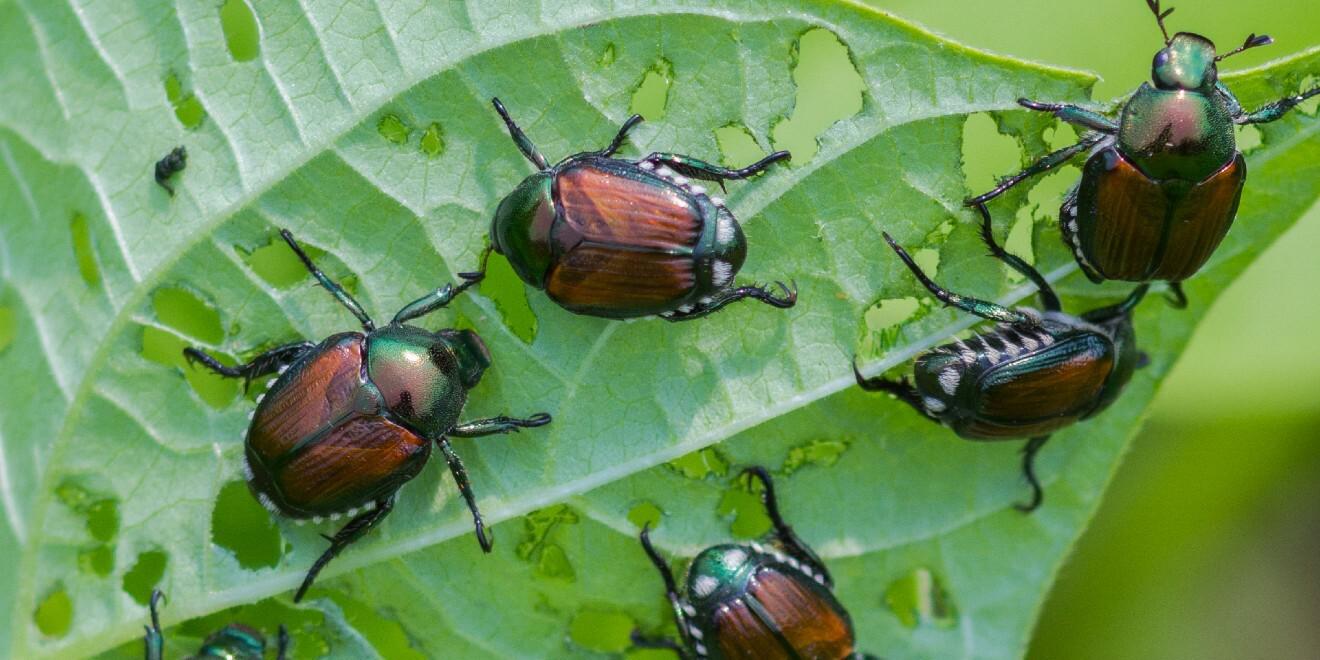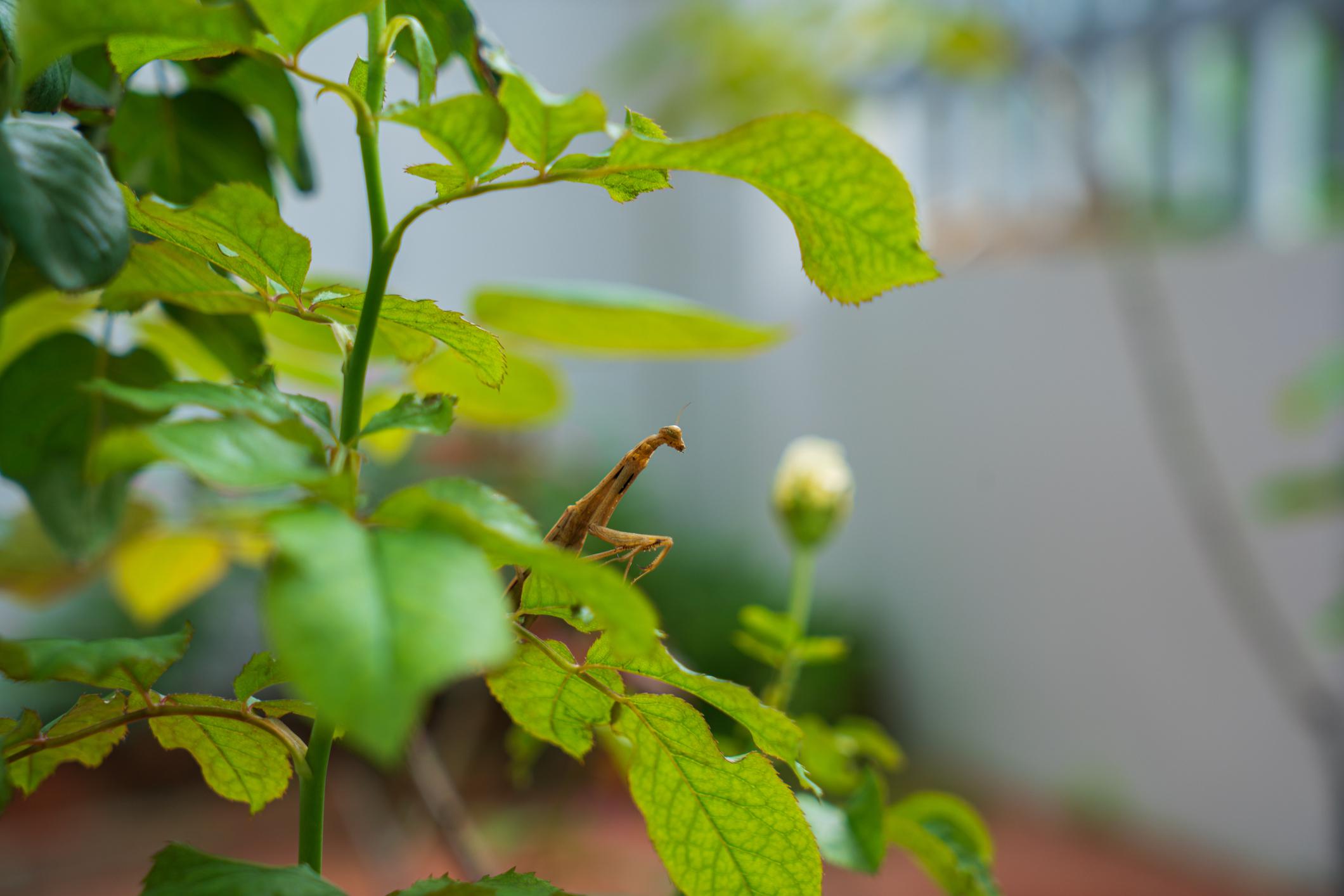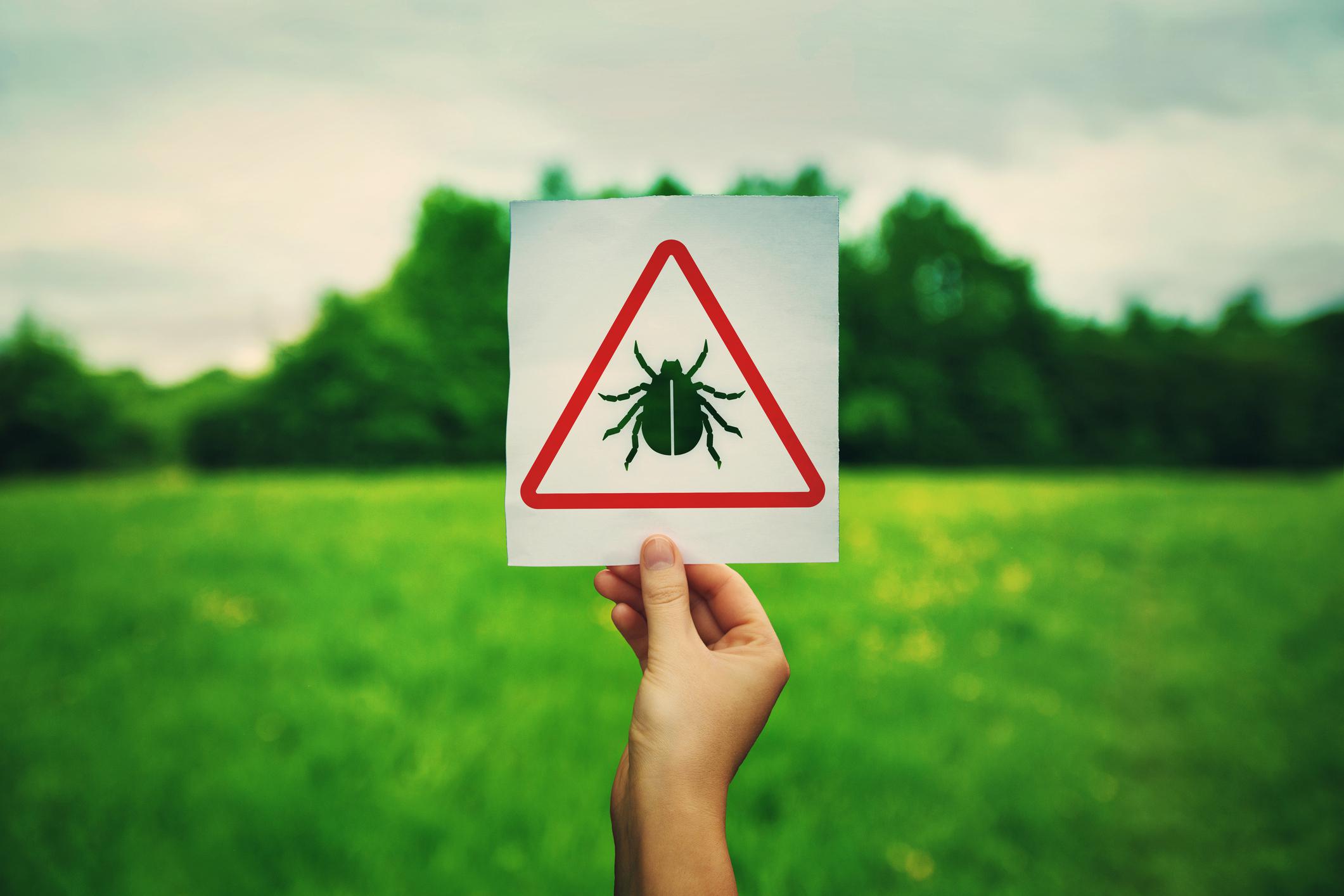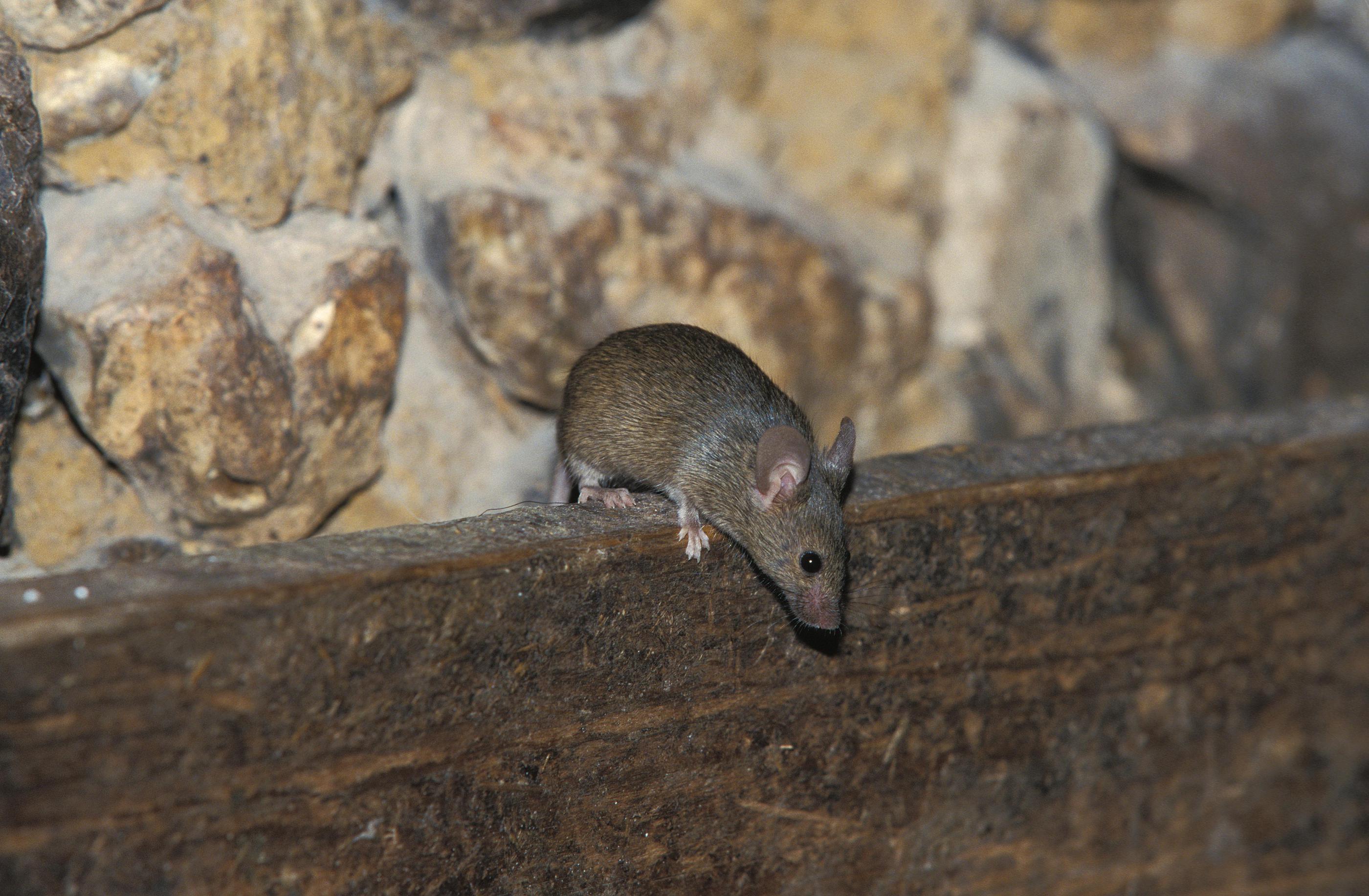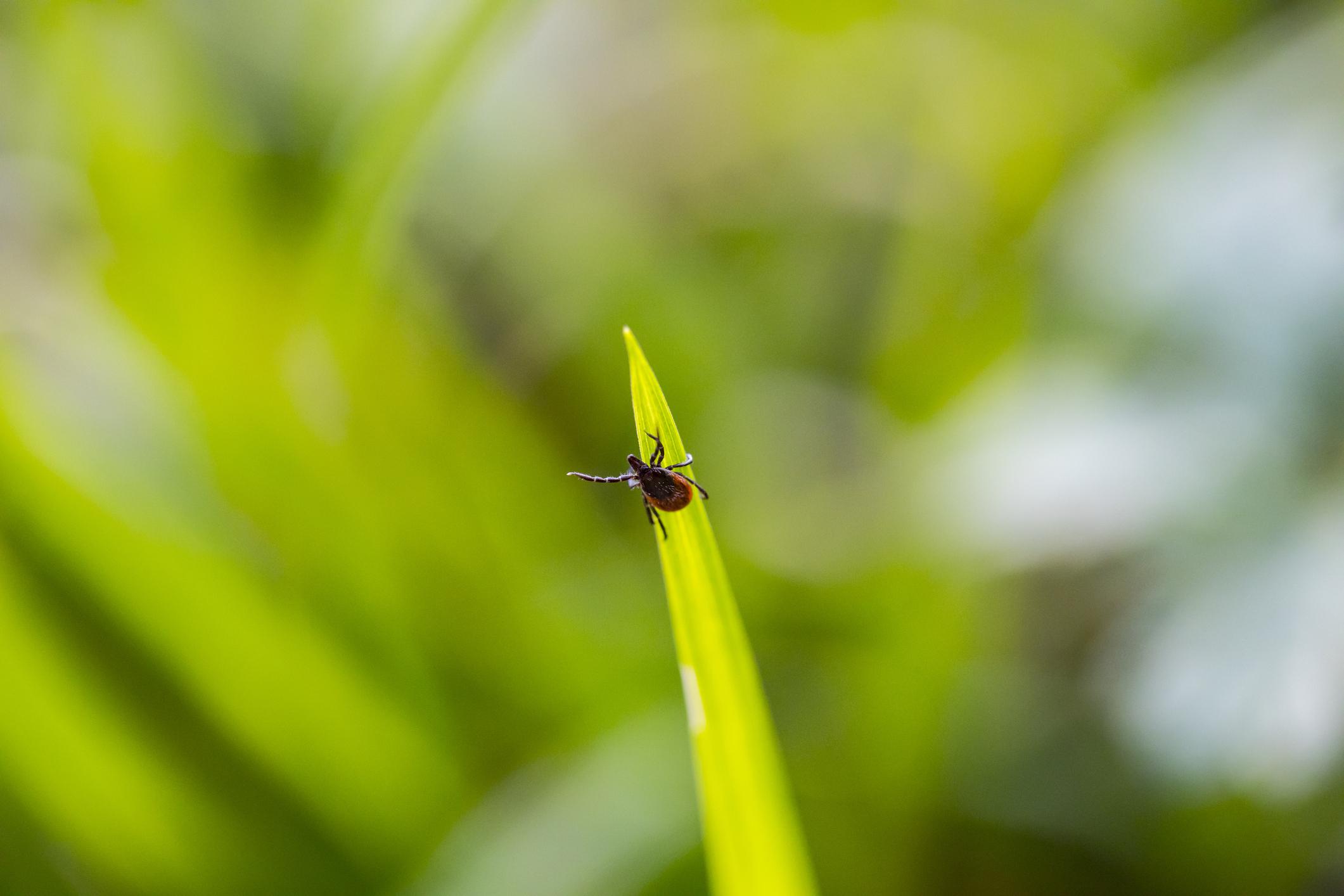Ticks: The Facts, the Myths, & the Solutions
Posted by Mosquito Squad
April 17, 2015
What do you know about ticks? Or better yet, what do you think you know about ticks? There is an incredibly wide range of misperceptions when it comes to ticks, their behavior, how they hunt for prey, and even how to remove ticks. The important thing is to equip yourself with the facts so you are prepared to combat ticks before they get to you.
Let’s start with ticks habits and tendencies. You’ve probably noticed that most bugs hibernate during the colder seasons, and ticks are no exception. Ticks burrow underground when the season changes. They not only hibernate but also reproduce during this time. As a result, the longer the winter the greater the tick population will be the following season. Additionally, ticks become active when temperatures exceed 45 degrees. Our “but it’s still cold outside” is their morning wakeup call. So be alert to their possible activity as temperatures begin to rise.
Ticks can’t fly, don’t really jump, and don’t drop onto people from tree branches overhead. Ticks prey on creatures by latching onto them as they brush past tall grass or low plants. They then look for bare skin to be able to feed on the host. While feeding, ticks release a mild anesthetic into the host, thus camouflaging their presence and allowing them to feed for extended periods of time without being noticed. After latching onto a host, ticks will feed for hours, days or even weeks, not just for a few seconds like mosquitoes. If you discover a tick on yourself or a tick on your dog, don’t wait for it to leave on its own, remove it immediately. When removing a tick it is important to not leave any part attached to the host. You can purchase a tick removal tool, or just use a pair of sanitized tweezers to remove the tick, do not try to burn it out. To remove the tick, grasp it firmly by the head with your tweezers or tick removal tool, then pull straight up, do not twist while removing the tick. If any part of the tick remains attached just remove it with your tweezers and then sanitize the bite area. After removing a tick it is important to dispose of it. The can put it in a sealed container, wrap it with tape and throw it away, or drown it. Never crush a tick with your bare hands.
Becoming increasingly more common in America, and specifically in the Midwest, comes the heightened danger of tick-borne disease. If you think of mosquitoes as a more dangerous bug, you wouldn’t be wrong as they are responsible for over a thousand deaths in America each year. Ticks, on the other hand, infect people in America numbering in the tens of thousands. While less fatal than malaria, if Lyme disease is not diagnosed and treated in the early stages it can alter the rest of a person’s entire life. Lyme disease is no small matter and the number of reported cases in America increases every year with the Midwest right at the center. Especially difficult to diagnose, symptoms of Lyme disease include a trademark “bulls-eye” rash and many flulike symptoms such as fatigue, or fevers.
Protecting yourself and your family from ticks and Lyme disease should be a priority for this summer season. Do you have a plan for protection in place? At Mosquito Squad of Chicago, we specialize in protecting people in the Chicago area from mosquitoes and ticks both. Give us a call at 800-856-9303 to find out how we can help protect you from ticks this season.


